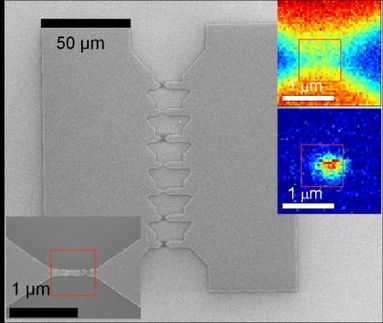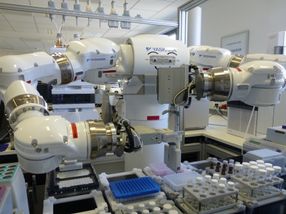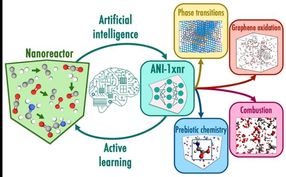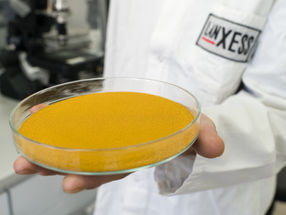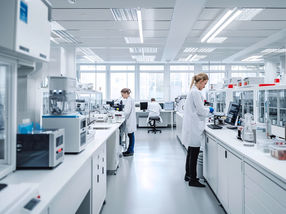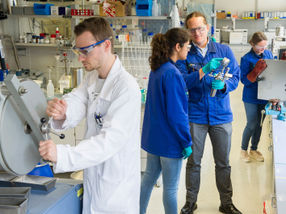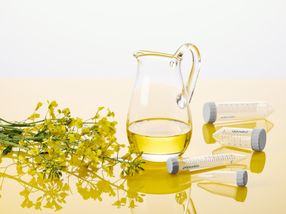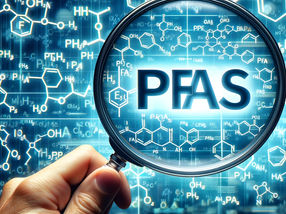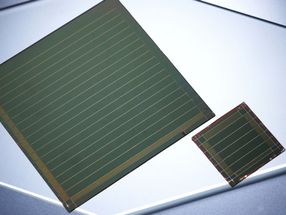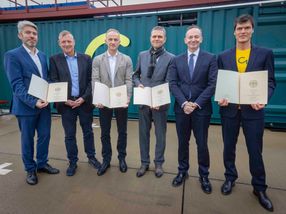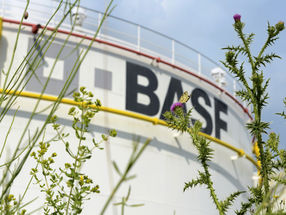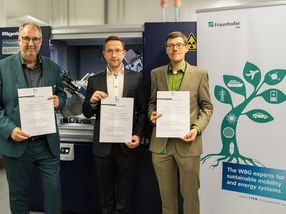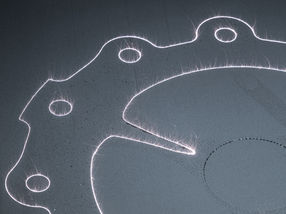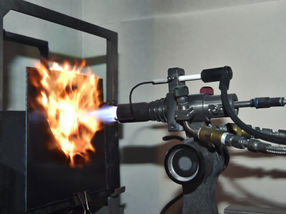Electronic tongue tastes wine variety, vintage
Rapid, portable detection of wine composition could preserve quality and stop fraud
You don't need a wine expert to identify a '74 Pinot Noir from Burgundy - a handheld "electronic tongue" devised by European scientists will tell you the grape variety and vintage at the press of a button.
Designed for quality control in the field, the device is made up of six sensors which detect substances characteristic of a certain wine variety. Components such as acid, sugar and alcohol can be measured by this detection, and from these parameters it can determine the age and variety of the wine.
The tongue was invented by Cecilia Jiménez-Jorquera and colleagues from the Barcelona Institute of Microelectronics, Spain, and is reported in the Royal Society of Chemistry journal The Analyst.
Wine industry specialists told the researchers they lacked a fast way to assess quality of wines - it takes a long time to send samples to a central laboratory for processing. This new tongue is not only swift, but also portable, cheap to manufacture, and can be trained to "taste" new varieties as required.
Jiménez-Jorquera says "the device could be used to detect frauds committed regarding the vintage year of the wine, or the grape varieties used."
Original publication: Lia Moreno i Codinachs et al, Analyst, 2008.
Other news from the department research and development

Get the chemical industry in your inbox
From now on, don't miss a thing: Our newsletter for the chemical industry, analytics, lab technology and process engineering brings you up to date every Tuesday and Thursday. The latest industry news, product highlights and innovations - compact and easy to understand in your inbox. Researched by us so you don't have to.
Most read news
More news from our other portals
See the theme worlds for related content
Topic world Sensor technology
Sensor technology has revolutionized the chemical industry by providing accurate, timely and reliable data across a wide range of processes. From monitoring critical parameters in production lines to early detection of potential malfunctions or hazards, sensors are the silent sentinels that ensure quality, efficiency and safety.
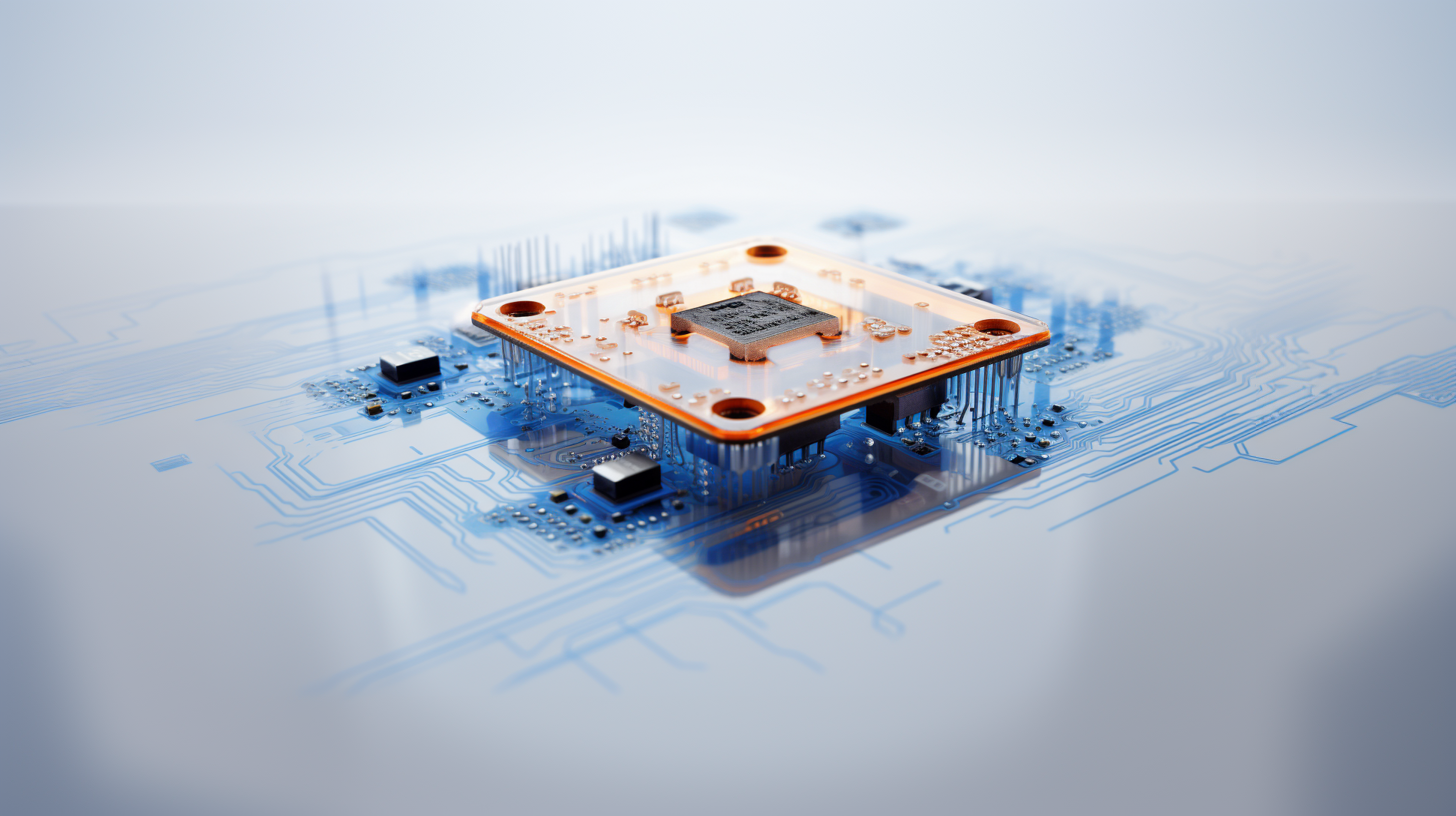
Topic world Sensor technology
Sensor technology has revolutionized the chemical industry by providing accurate, timely and reliable data across a wide range of processes. From monitoring critical parameters in production lines to early detection of potential malfunctions or hazards, sensors are the silent sentinels that ensure quality, efficiency and safety.
